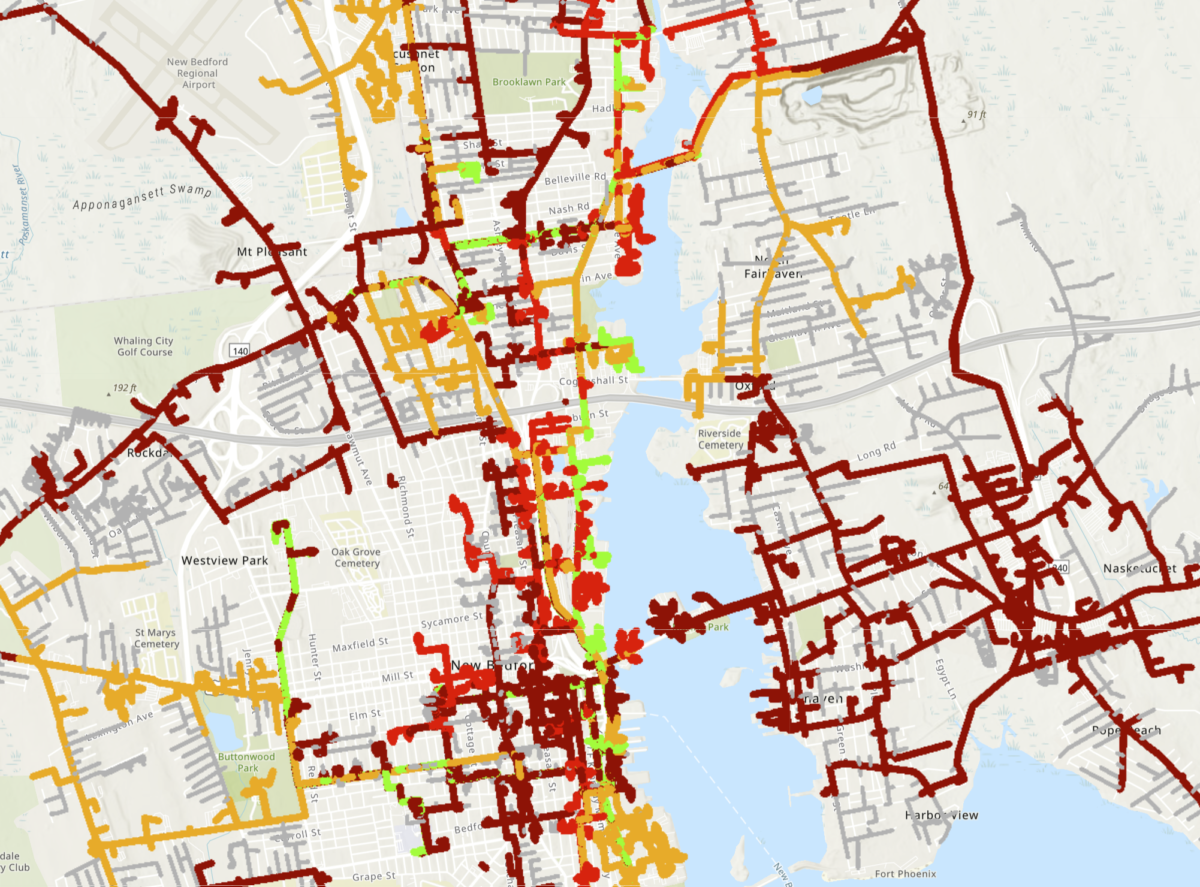The California Public Utilities Commission (CPUC) has passed a decision allowing distributed renewable energy resources like residential solar and battery energy storage to interconnect to the grid without triggering grid impacts that require costly infrastructure upgrades.
Under the rulemaking decision, distributed resources can interconnect as a Limited Generation Profile (LGP). This will enable the resources to join the grid without paying grid upgrade fees and delays related to upgrade work. California is the first state to enact such a resolution for distributed energy.
“Limited Generation Profiles specify the maximum amount of electric generation a DER [distributed energy resource] system will export to the grid at different times throughout the year, ensuring that the project is responsive to fluctuating grid constraints at different times,” said the order.
The grid has physical limits on how much electricity it can accept from energy generation sources. Known as hosting capacity, this limit varies widely hour-by-hour, day-to-day and seasonally based on intermittent generation and consumption levels. In the case of solar, California afternoons and sunnier times of the year lead to peak generation levels that may exceed grid limits in some locations.
California utilities are required by law to provide an hourly model of the hosting capacity available on the local distribution grid at local node or substation. This hourly report is called an “Integration Capacity Analysis.”
Under the new CPUC ruling, renewable energy developers can now use the Integration Capacity Analysis to ensure a project stays within hosting capacity limits, thereby becoming eligible for interconnection without triggering grid upgrade fees.
The ruling created guidelines for how an LGP is classified and controlled and sets a fixed schedule for export limits that can be adjusted 24 times per year. The LGP structuring was developed with input from the Interstate Renewable Energy Council (IREC). It defines the types of power control systems eligible for LGP curtailment, the allowable format of LGP scheduling and how many times per year a project can change output levels, and instances when a utility may curtail power generation.
IREC assisted CPUC in developing the configuration for curtailment and export schedules for LGP. It said the format “will allow projects to design configurations that take advantage of the specific daily and seasonal peak periods that arise at the project’s proposed location on the grid.”
IREC said the LGP resolution “is a satisfactory resolution that mitigates risk for project developers, while providing reasonable assurances for utilities.”
Gwen Brown, vice president of communications at IREC called the ruling “a momentous first for the nation.” However, Brown noted that there is still room for distributed energy resource (DER) operation to evolve beyond the look-ahead fixed-schedule format created by the LGP.
“Under flexible interconnection paradigms, rather than implementing a fixed schedule, DERs would be dynamically controlled to respond to real-time conditions on the grid,” said Brown. “This approach offers some advantages for the grid operator as grid conditions change and needs evolve. However, the costs of deploying the sophisticated communication systems necessary for this approach are considerable and it may take many years before they are widely deployed.”
Brown said both the fixed schedule offered by LGP and more flexible approaches to distributed energy management systems (DERMS) will likely play a role in the integration of resources like rooftop solar and energy storage in the coming years.
“For states that are about to, or have already, deployed a quality hosting capacity analysis, approaches like the LGP may enable more near-term realization of the system benefits and avoided upgrade costs that come with better utilization of DER export control capabilities,” said Brown.
This content is protected by copyright and may not be reused. If you want to cooperate with us and would like to reuse some of our content, please contact: editors@pv-magazine.com.









By submitting this form you agree to pv magazine using your data for the purposes of publishing your comment.
Your personal data will only be disclosed or otherwise transmitted to third parties for the purposes of spam filtering or if this is necessary for technical maintenance of the website. Any other transfer to third parties will not take place unless this is justified on the basis of applicable data protection regulations or if pv magazine is legally obliged to do so.
You may revoke this consent at any time with effect for the future, in which case your personal data will be deleted immediately. Otherwise, your data will be deleted if pv magazine has processed your request or the purpose of data storage is fulfilled.
Further information on data privacy can be found in our Data Protection Policy.